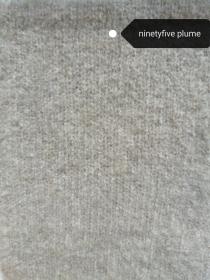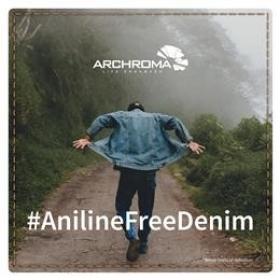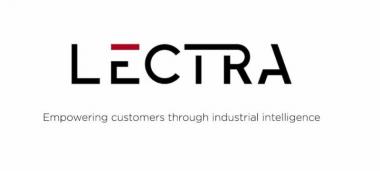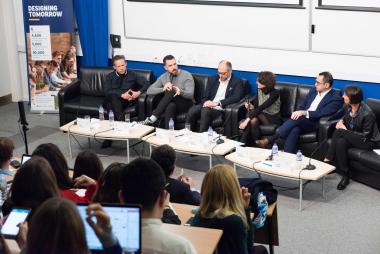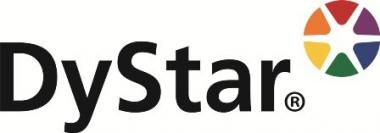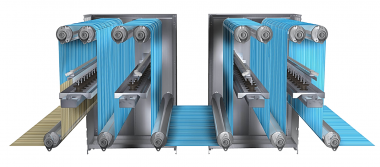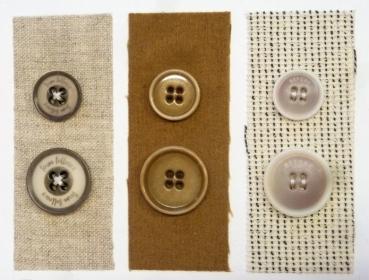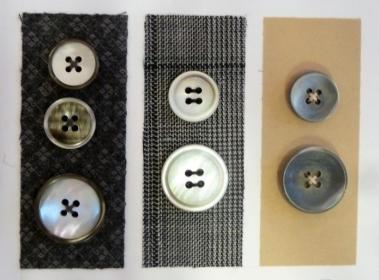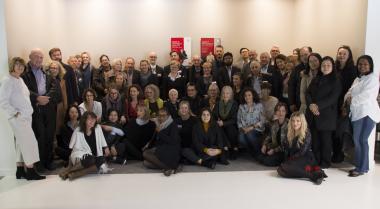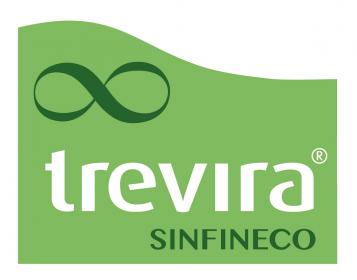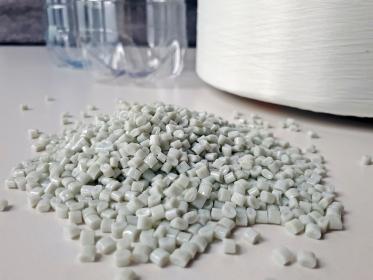Call for Papers, International Conference on Textile Coating and Laminating
The conference will focus on areas of high impact and growth potential, for example smart and intelligent textile coatings and laminates, digital printing and coatings, substrates and coated nonwovens.
Now in its 27th year, this will be the 19th in this established conference series which has become one of the most important meeting places for the global textiles coating and laminating industry. Previously attending companies can be found on the conference website, where other details can also be located.
CALL FOR PAPERS
The core of the conference programme will be presentations by invited experts, but in order to give an opportunity for anyone with exciting and relevant ideas to present to a high-level international audience, a call for papers is being issued for contributions in the following areas, with emphasis on work that will impact the industry, now and in the future. Suggested topics include the following:
- new developments in machinery and techniques such as bonding systems, developments in polymers, surface modifications, techniques for extreme properties etc.
- smart textile coatings and laminates
- technology for growth, eg nanotechnology, antimicrobial/antibacterial, green technology, developments in self-decontaminating etc.
- growth markets and applications such as solar/thermal, fuel cells, composites, medical/biotechnology, extreme materials etc.
- environmental issues
- disruptive technology - new developments that will potentially change the industry, such as digital printing, graphene and nanotechnology in membranes, and alternatives for PVC etc.
call for papers intelligent textile coatings developments in machinery and techniques
INT News






